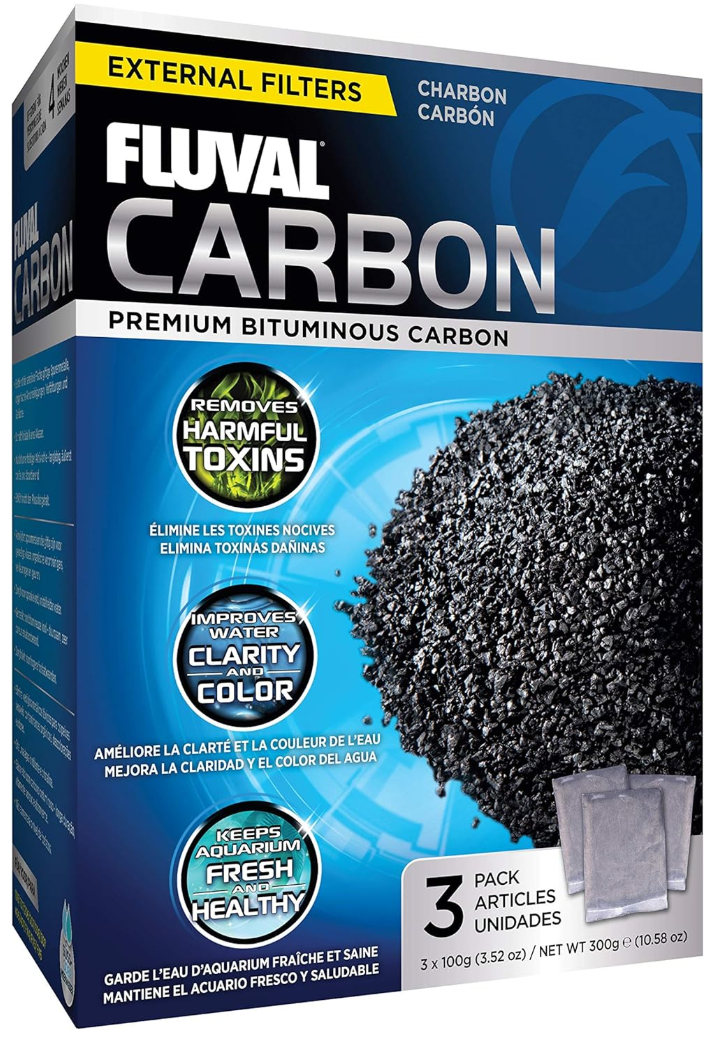Tropical Fish Aquarist
Archives
Activated Carbon: The Preferred Choice for Aquarium Filtration
SIGN UP FOR OUR NEWSLETTER
Activated Carbon: The Preferred Choice for Aquarium Filtration |
Understanding the Shift from Charcoal to Activated Carbon in Maintaining Pristine Aquatic Environments |
Maintaining a clean and healthy aquarium is paramount for the well-being of aquatic life.
Over time, the choice of filtration media has evolved, with activated carbon emerging as the preferred option over traditional charcoal.
Activated carbon is a highly porous material that effectively removes impurities through a process called adsorption.
This means contaminants adhere to the vast surface area of the carbon, resulting in clearer water and a healthier environment for fish and plants.
Its ability to eliminate discoloration, odors, and harmful chemicals makes it indispensable in modern aquarium maintenance.
In contrast, traditional charcoal lacks the extensive porosity of activated carbon, limiting its capacity to adsorb impurities.
While it can provide some level of filtration, it falls short in effectively removing dissolved organic compounds and other contaminants.
Additionally, charcoal's efficiency diminishes more rapidly, necessitating frequent replacements.
Another advantage of activated carbon is its ability to remove trace elements that can be harmful in excess.
By regulating these elements, activated carbon helps maintain a balanced aquatic ecosystem.
However, it's essential to monitor and replace the carbon regularly to prevent the re-release of absorbed substances back into the water.
In summary, the transition from charcoal to activated carbon in aquarium filtration is driven by the latter's superior adsorption capabilities and efficiency in maintaining water quality.
For aquarists aiming to provide the best environment for their aquatic inhabitants, incorporating activated carbon into their filtration system is a wise choice. |

